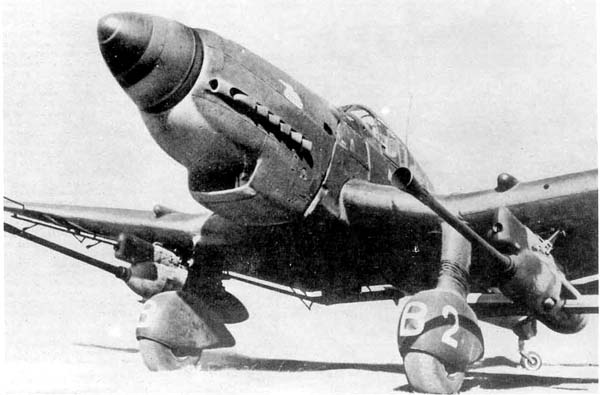Regarding the MK112:
The trials with captured aircraft wings and parts show that about 450gramms of explosive is nessessary to seriously destroy a bomber. That resulted in a caliber of 5,5cm. They made 17 light guns, but the test firing showed that the belt links are too fragile. There are a light 300 kg and a heavy version (max. 700kg and V° 1000 m/sek) and different ammunition.
Here is the MK108 type rebated case ammo for the light version. ( 600 m/sek a rate of fire of 350 rds/sek was reached)
Any of the heavy version built?
What was the “secret” behind the high rate of fire (350rpm).
For comparison modern naval weapons of 40mm and 57mm caliber fire “only” 330 and 220rpm respectively (Bofors).









